Lincoln Hall : Man Left Overnight At 8600m On Everest Without Oxygen
Everest Tibet SummitClimb Everest Nepal SummitClimb Everest Camp 3 Training Climb Everest Glacier School Everest Basecamp Trek Nepal Everest Tibet Advanced Basecamp Trek
Man Left Overnight At 8600m On Everest Without Oxygen
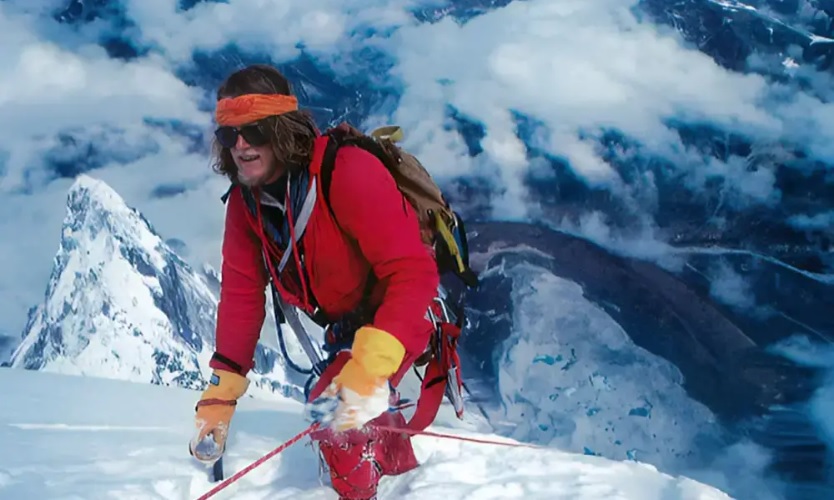
Coming from the beautiful country of Australia, Lincoln Ross Hall was a veteran Australian mountaineer. He was born on 19 December 1955 in Canberra. He was a fierce adventurer who loved climbing mountains. Lincoln was also an author and philanthropist. Forging a new route, Lincoln was a member of the first Australian expedition to reach Mount Everest in 1984. They successfully created a new climbing route on Everest.
Unfortunately, Lincoln Hall Everest summit didn’t happen during the expedition on his first try. On his second attempt in 2006, Lincoln reached the summit of the highest mountain in the world. He miraculously survived the night at Everest on descent, after his family was told he had died. Lincoln is a real example of coming back from the dead.
The Australian Himalayan Foundation, a philanthropic organization, was an establishment of Lincoln Hall. Being one of the founding members of the organization, Lincoln was also a speaker and would often share his experiences with audiences around the world. Lincoln also wrote seven books and is known as a great author till now.
Lincoln Hall received many special medals for his contribution in the mountaineering field. His work never fails to inspire people. Standing tall through difficulties in life, his legacy and approach to life are beautiful.
In this article, we will go through the journey of life of Lincoln Hall.
Table of Contents
- Lincoln Hall’s Early Life
- Lincoln Hall’s Career
- Surviving the impossible
- After Everest
- Lincoln Hall Death
- Legacy and Achievements of Lincoln Hall
Lincoln Hall’s Early Life
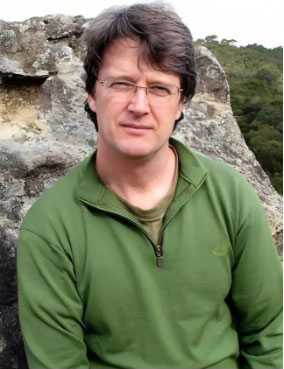
Born in Canberra, Australia Lincoln always seemed to be intrigued by mountains. He had that love for mountains from a very young age. Talopea Park High School was the high school Lincoln went to. While pursuing Zoology at the Australian National University, he learned to climb crags in the Australian Capital Territory, most notably Booromba Rocks.
He created a number of classical routes in the place, for which he is still popular. Ice climbing skills came in handy to Hall by climbing in the Snowy Mountains at Blue Lake. He also climbed up walls of buildings in his university, which helped him excel in climbing.
Lincoln always carried that enthusiasm in him, his passion led him to the path of greatness. Whatever he did, he was putting his hundred percent work in it. His early stages surely shaped him for his future
Lincoln Hall’s Career
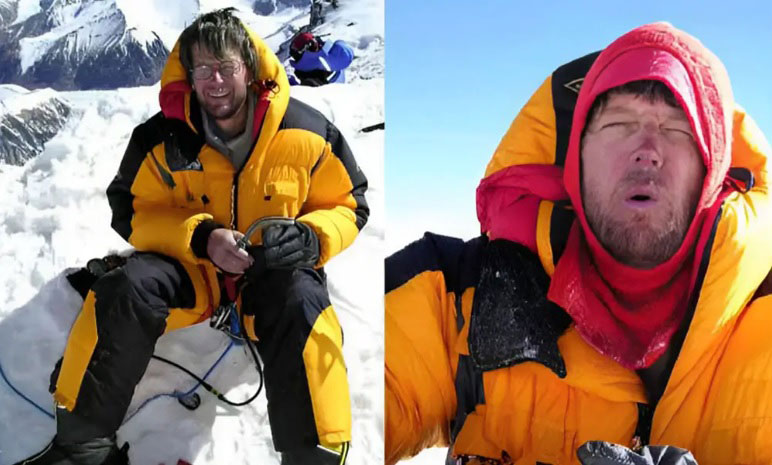
Hall started his career by participating in the Australian National University Mountaineering Club. The club ran expeditions to New Zealand from 1975 to 1978. This would later lead to the ANUMC 1978 expedition to Dunagiri (7, 066 meters) in India. Hall had a climbing partner named Tim Macartney-Snape with whom he successfully summited the mountain. Hall was pivotal in this journey.
Hall and his partner descended through an electrical storm, but later Hall had to spend another night out in the mountains because he was stuck . Cocker, his expedition leader, ascended in the night and fixed ropes with Hall and went to Col Camp together. He was raced by his team to Base Camp where he was sent to a Military Hospital near Delhi. At the time, this was possibly the highest rescue on Everest.
Hall and Macartney-Snape partnered after the summit of Dunagiri. This partnership created a stage for their mountaineering journeys including the renowned 1984 Mount Everest expedition.
Climbing mountains became the purpose of life for Hall, he was motivated by it, he was thrilled and loved life because of it. He participated in various adventures and climbing ventures around the world. He also became a very good leader during this time. Many of his expeditions were first-timers by Australian climbers. The two expeditions to climb Mount Everest in Nepal were such expeditions. Mount Minto in the Admiralty Mountains of Antarctica, Annapurna (7,963 meters), Makalu (8,481 meters), Carstensz Pyramid are some notable ascents of Lincoln Hall.
Lincoln had climbed the highest mountain in the world and many more other high mountains. He had reached the pinnacle of mountaineering. His career stands like a dream every other mountaineer sees and a life they wish to have.
Surviving the impossible
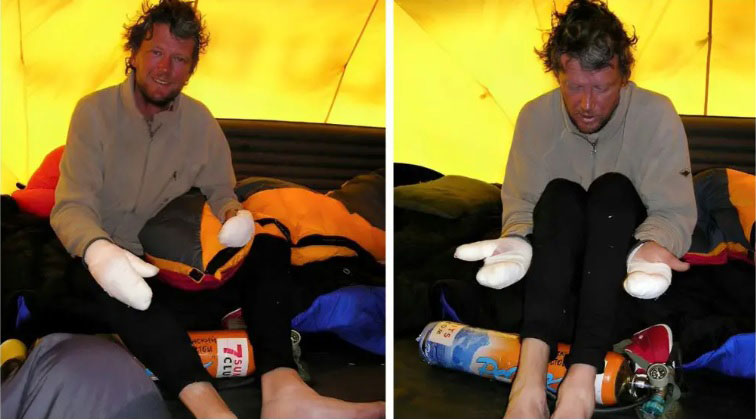
Lincoln gazes at his hands and feet, now wrapped in bandages, at the Advanced Base Camp.
Lincoln Hall had a terrible incident in 2006, during his Mount Everest expedition. Lincoln Hall Everest summit was in a situation of life or death. He narrowly survived this ascent.
Lincoln was descending from the summit on 25 May 2006 when he got sick. He was ill due to a form of altitude sickness, which led him to hallucinate and become irritated. Hall was confused and did not have proper awareness of his surroundings. The form of altitude sickness was probably cerebral edema. The Sherpa guides tried to rescue him for a long time but as night began to fall their oxygen supplies depleted and snow blindness set in. The leader of the expedition commanded guides to leave Hall because they thought he had died. He was announced dead and this message was delivered to his friends and family following a statement.
12 hours later, the next morning the miracle happened, Hall was alive and found by a team making a summit attempt. Daniel Mazur (United States), Andrew Barsh (Canada), Myles Obsborne (United Kingdom), and Jangbu Sherpa (Nepal) were the team that was making the summit attempt. Hall was found just below Second Step. Team member Osborne described the scene below the Second Step.
“Sitting to our left, about two feet from a 10,000 foot drop, was a man. Not dead, not sleeping, but sitting cross legged, in the process of changing his shirt. He had his down suit unzipped to the waist, his arms out of the sleeves, was wearing no hat, no gloves, no sunglasses, had no oxygen mask, regulator, ice ax, oxygen, no sleeping bag, no mattress, no food or water bottle. ‘I imagine you’re surprised to see me here’, he said. Now, this was a moment of total disbelief to us all. Here was a gentleman, apparently lucid, who had spent the night without oxygen at 8,600 meters, without proper equipment and barely any clothes. And ALIVE.”
Observers said that a rescue effort was unprecedented in scale. Mazur with his team quit their summit to keep up with Hall, who was severely frostbitten and delusional from the effects of cerebral edema. At the same time, Abramov sent a rescue team of 12 sherpa guides from the base camp. The rescue team included: Ongshu Sherpa, Nima Wangde Sherpa, Nimgma Sherpa, Mingma Dorjee Sherpa, Passang Sherpa, Furba Rushakj Sherpa, Dawa Tenzing Sherpa,Dorjee Sherpa, Pemba Sherpa, Pemba Nuru Sherpa, Passang Gaylgen Sherpa, and Lakcha Sherpa.
Lincoln Hall was brought down the mountain as he walked the last part of the way to Everest’s North Col where he was treated by a Russian doctor. Although suffering from frostbite, Lincoln arrived at Advanced Base Camp the next day in reasonably good health. Hall lost his fingertips and a toe to frostbite.
The two major factors that allowed for Hall’s rescue was that he was conscious and able to walk. This incident caught the attention of many, including comments from Sir Edmund Hillary. It was a case of coming back from the dead. He was left to die but still he survived and made it through.
After Everest
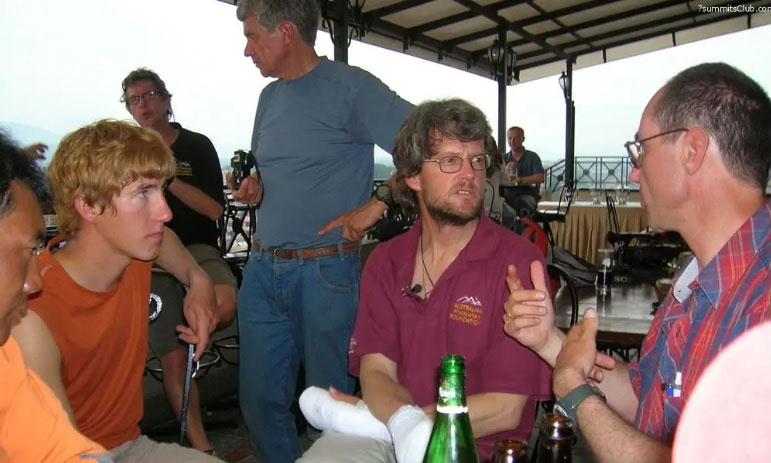
After the incident in Everest, Hall remained close with Myles Osborne, who quit his only attempt on Everest to rescue Hall. Osborne talks about Hall as a great guy and trolls him for his bad jokes.
Dateline NBC aired Left for Dead on Mount Everest, an Emmy Award-nominated documentary special, in 2006.
Miracle on Everest, a documentary based on Hall’s book Dead Lucky premiered in 2008 on National Geographic Channel in the USA and on ABC1 in Australia.
Hall was contributing and providing something for people even though he was not at his peak. He wrote two books about his experience: Dead Lucky: Life after death on Mount Everest and Alive In The Death Zone: Mount Everest Survival.
His story was featured in the I Shouldn’t Be Alive episode, “Left for Dead on Everest” on February 16, 2011.
- Mingma Sherpa: First Nepali To Climb14 Peaks Above 8000m
- Anna Gutu: US Climber’s Unfortunate Demise In Shishapangma Avalanche
- Don Cash: How Did American Mountaineer From Utah Die?
Lincoln Hall Death
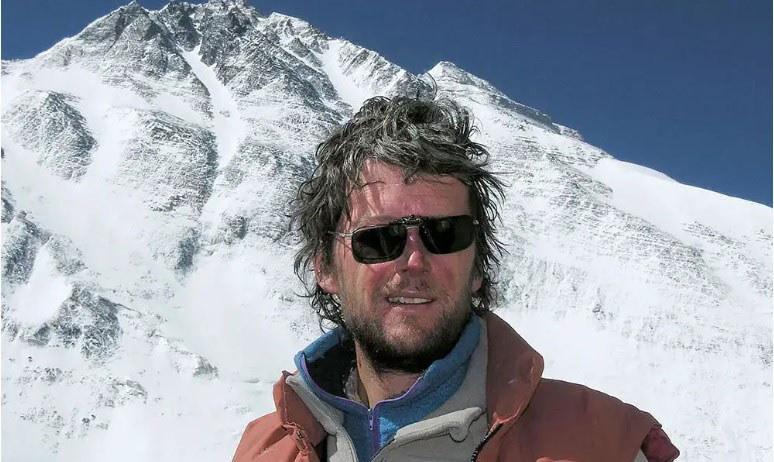
Lincoln Hall died on March 20, 2012, aged 56, at the Royal Prince Alfred Hospital in Sydney. He was suffering from mesothelioma, a type of cancer that develops from the thin layer of the tissue that covers many of the internal organs.
Lincoln Hall Death was very calm and his friend and fellow mountaineer Greg Mortimer who was with Lincoln at the end said: “It was very peaceful in the end, around 11:45 last night. Lincoln got into quiet, rhythmic breathing–it was almost meditative–and then he quietly slipped away.”
Hall’s demise sent a wave of sadness in the mountaineering community. Him and his contributions will never be forgotten as he lives long through his love for mountains.
Legacy and Achievements of Lincoln Hall
Lincoln Hall’s legacy in the world of mountaineering is written in the history as a justification to his passion, remarkable achievement and indomitable spirit. Throughout his career; Hall left a mark on the mountaineering community, serving as an inspiration among others.
Lincoln Hall was awarded a Medal for the Order of Australia for service to mountaineering and in 2010 he won the Australian Geographic Society’s Lifetime of Adventure award. He was a life member of the Australian National University Mountaineering Club.
His legacy extends beyond his summits and achievements. His approach to mountaineering, his love for mountains, and his driving force of commitment, serves as a model for aspiring climbers. He nearly died but still he came back and fought in life to establish himself and keep moving ahead.

